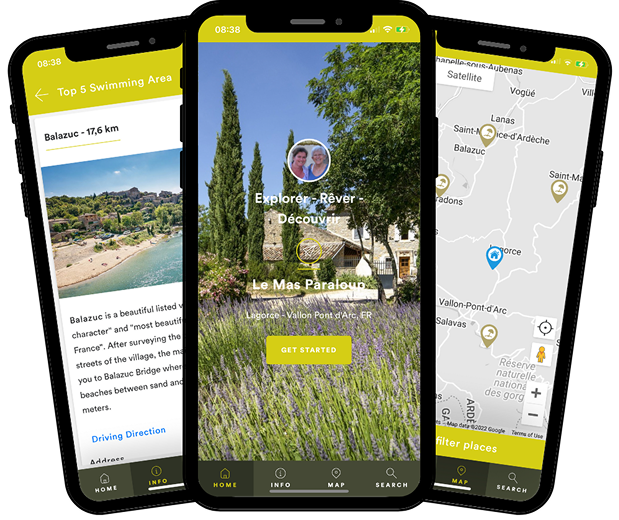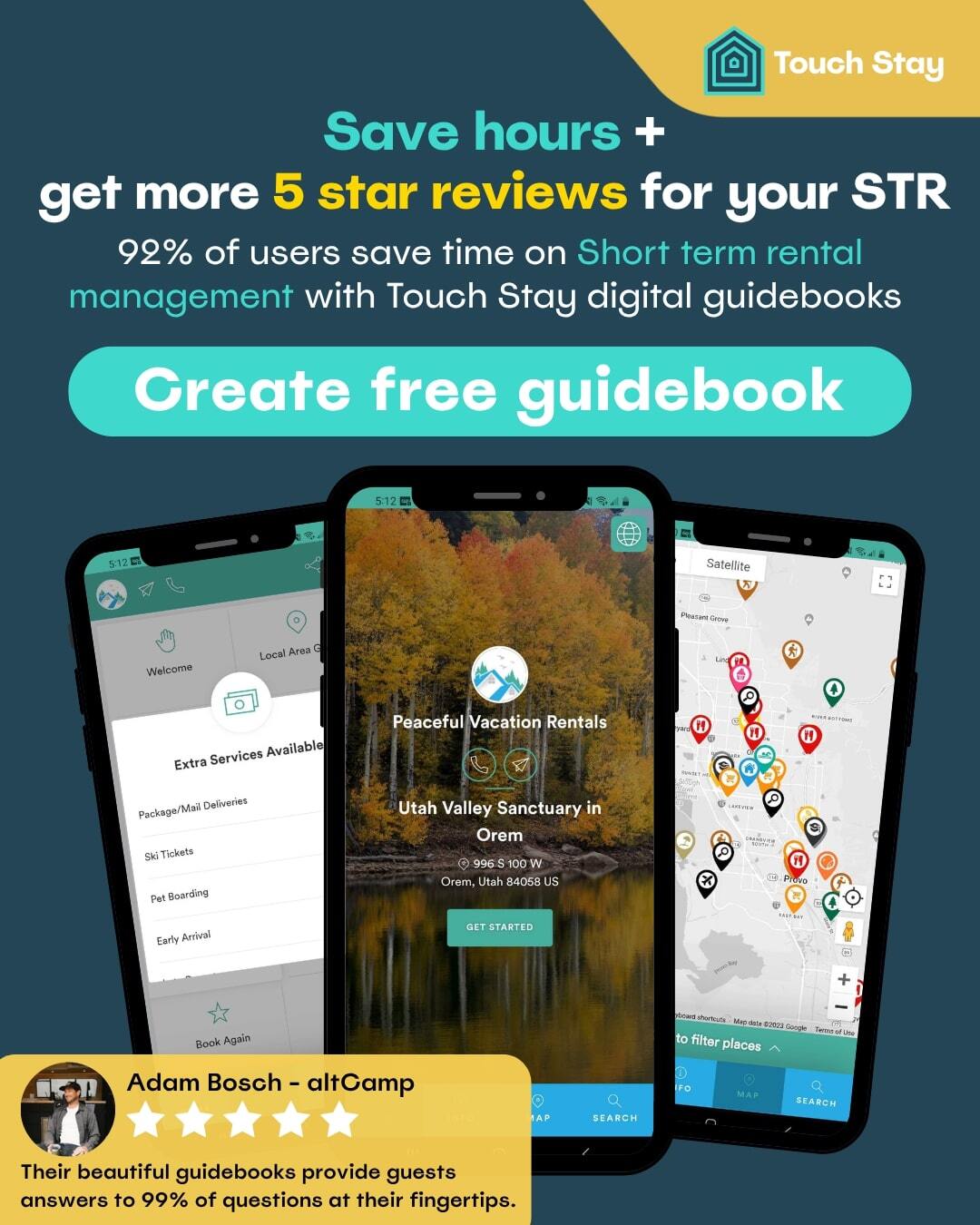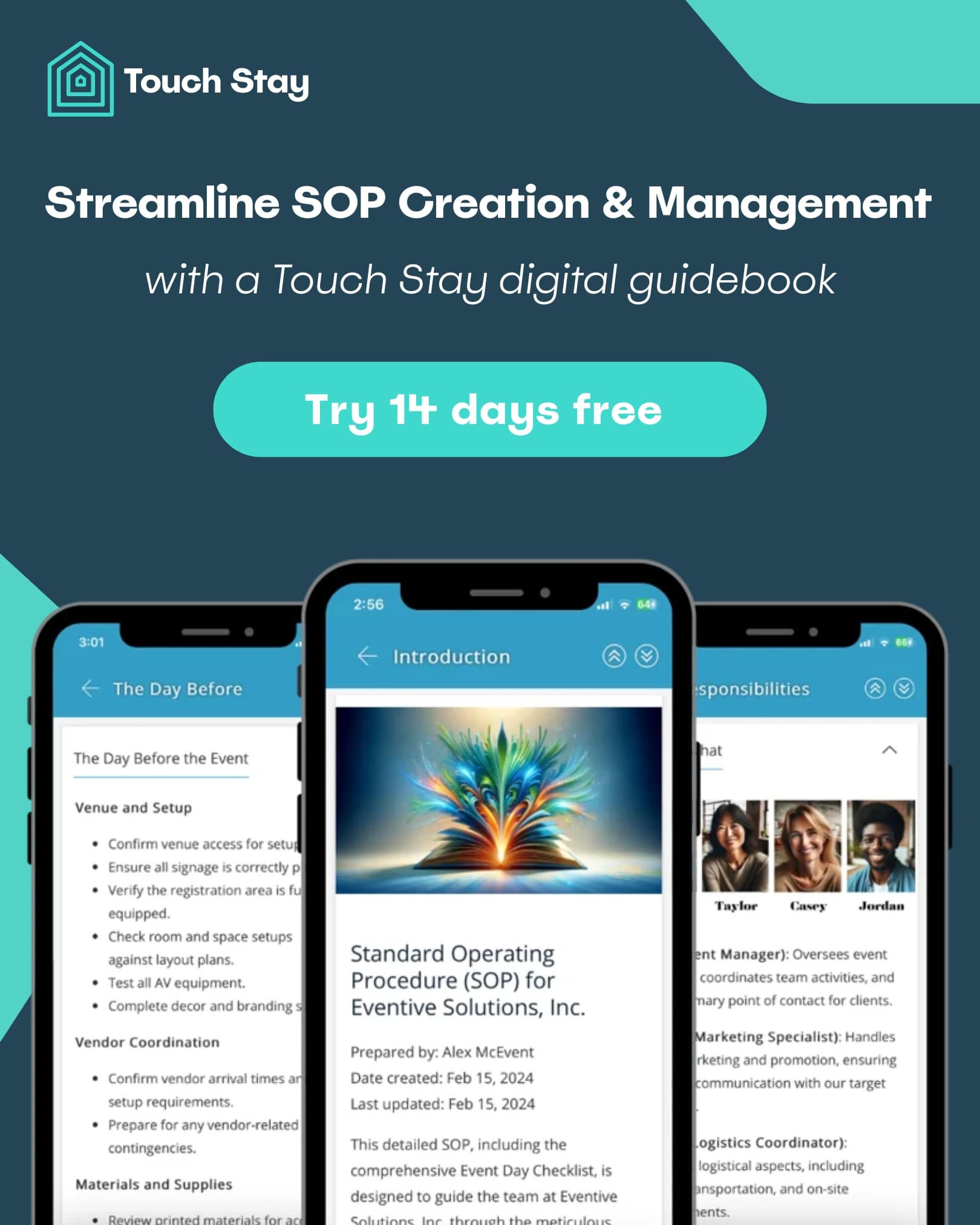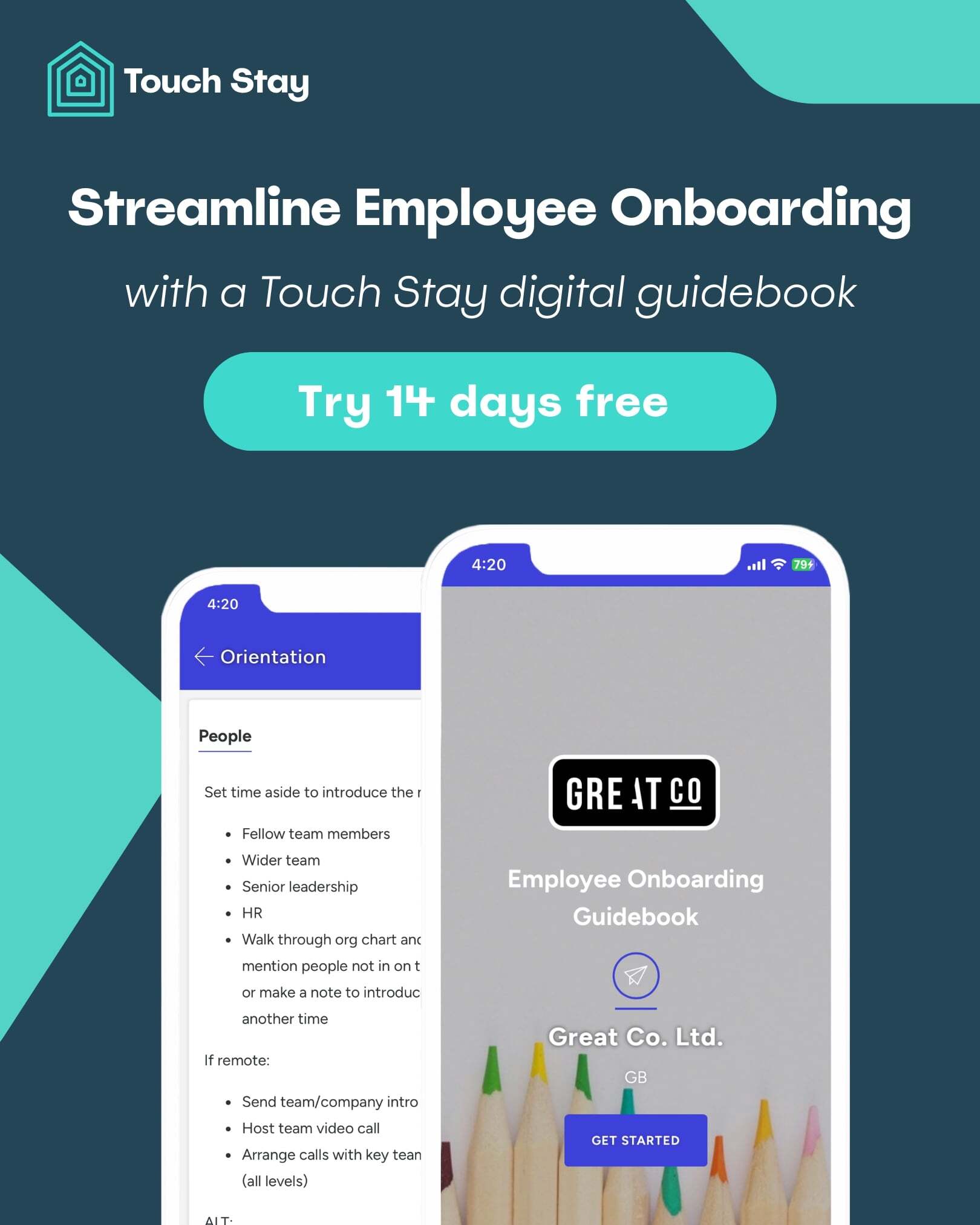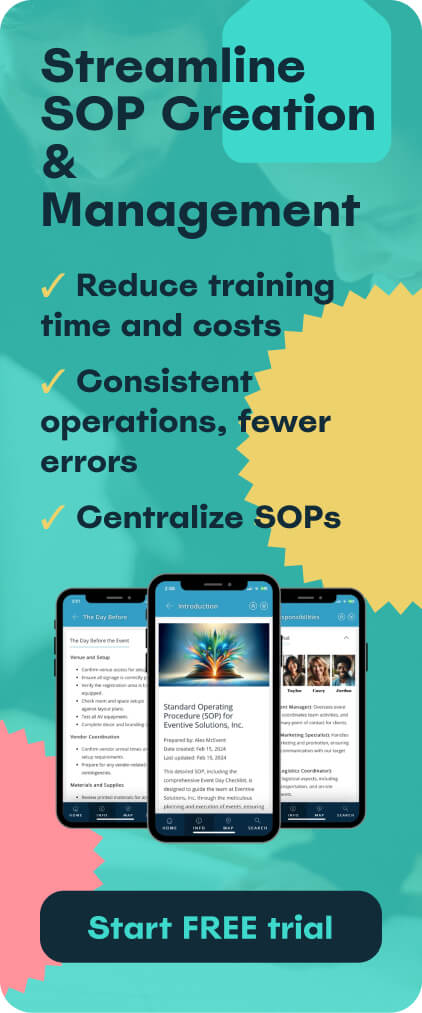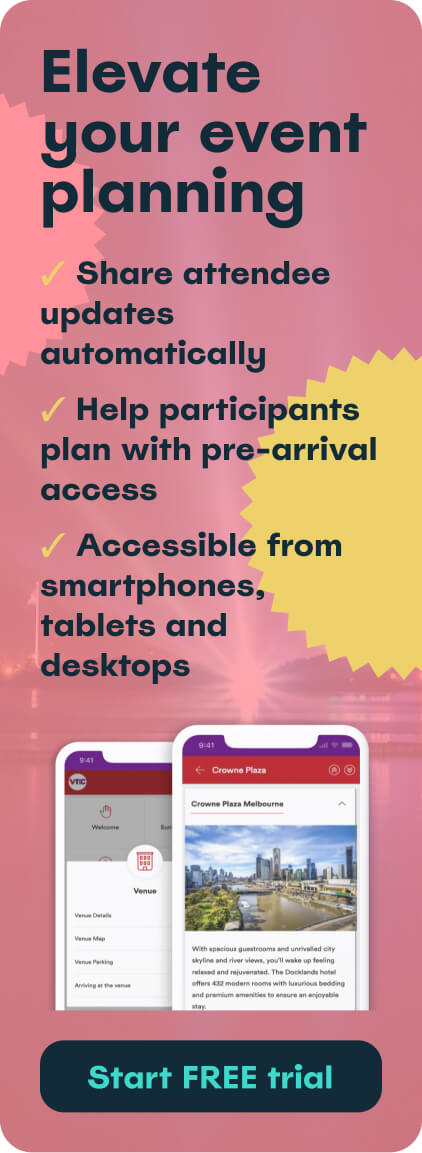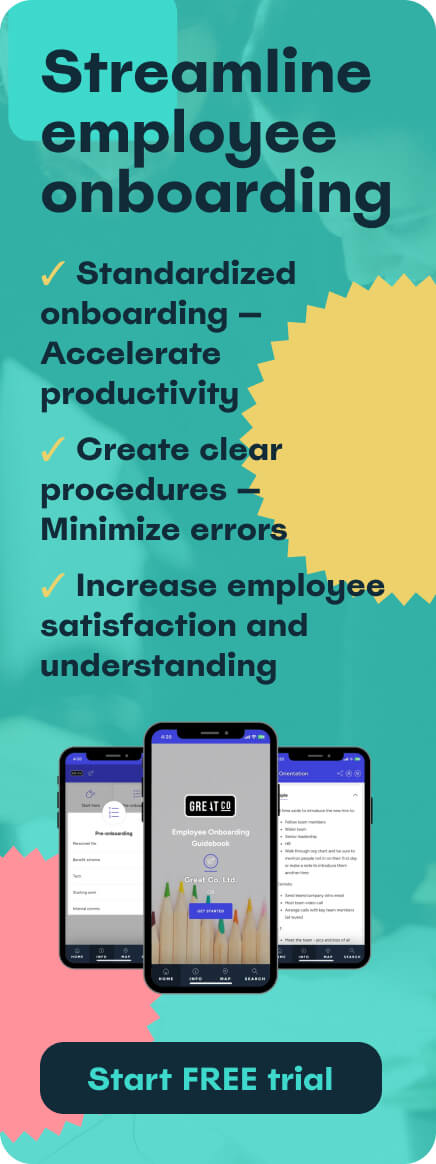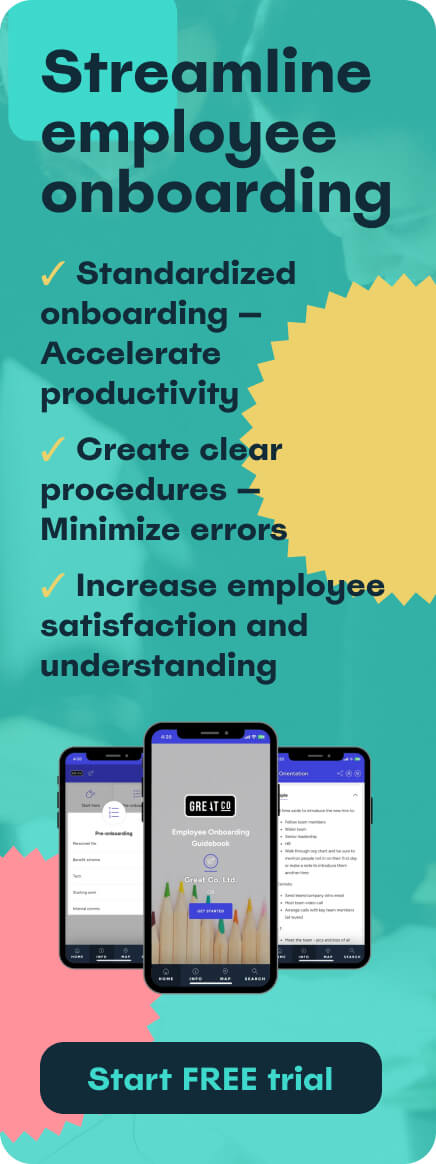Companies are always looking for ways to streamline their operations and enhance the work environment for their employees. Employee self-service (ESS) platforms are one remedy that has become increasingly popular in recent years.
An employee self-service platform could be advantageous for many businesses. Instead of sending them to administrators or HR staff, ESS enables employees to handle their day-to-day or HR tasks independently. Understanding the basics of ESS and its possible applications will help you better utilise the functions of these platforms and exploit their benefits to employers and employees.
This article explains employee self-service platforms: what they are, how they work, and how they boost HR and staff coordination.
- What are HR and employee self-service platforms?
- 9 ways employee self-service platforms boost HR and staff coordination
- Save time and boost efficiency with self-service platforms
What are HR and employee self-service platforms?
Employee self-service (ESS) refers to technology that enables your staff members to take care of many administrative tasks, including IT, HR, and other areas, independently. Considering that 61% of consumers prefer self-service when it comes to minor problems, it is reasonable to assume that your staff members feel the same way.
ESS simplifies basic tasks like updating employee information, accessing important employee manuals, and tracking personal and vacation days. These systems are usually made available through internal systems or web portals. Your employees can also easily manage work-related benefits, such as insurance plans, through employee self-service systems.
Before ESS, staff members would have to complete routine HR tasks, like those listed above, manually and on paper. Widespread digitisation gave rise to self-service employee portals, which can help your staff complete these tasks much faster and save valuable time and money by reducing human error. With these administrative costs out of the way, you can channel those funds into more exciting projects or a rewarding employee benefits program.
Typical features of a self-service employee portal include the following:
- Managing the onboarding process
- Gaining access to company records and employee data, such as knowledge bases, privacy policies, and regulations about workplace safety
- Tracking the schedule, timesheet, and assignment of each employee
- Handling HR (payroll, benefits, and taxes) and administrative responsibilities
- Carrying out surveys, knowledge transfers, and staff training exercises
9 ways employee self-service platforms boost HR and staff coordination
Let’s explore the role of ESS platforms in improving collaboration between HR and staff.
1. Streamlined onboarding processes
ESS platforms streamline the onboarding process for new hires, making it a smooth and efficient experience. With employee onboarding software, new employees can easily access and complete necessary paperwork, such as tax forms and employment contracts, electronically.
They can also review company policies, benefits information, and training materials at their own pace. This self-guided approach reduces the administrative burden on HR teams and allows them to focus on more strategic tasks.
Beyond this, ESS platforms enable new hires to update their personal information, set up direct deposits, and enrol in benefits plans, all from a single centralised hub. By automating and digitalising the onboarding process, organisations can ensure a consistent and engaging experience for new employees, setting them up for success from day one.
2. Enhanced communication channels
ESS platforms provide enhanced communication channels that foster better collaboration and information sharing between employees and HR teams. These platforms often include features such as instant messaging, forums, and announcement boards, allowing for real-time communication and feedback.
Employees can easily reach out to HR representatives with questions or concerns, without the need for lengthy email chains or phone calls. This direct line of communication helps to build trust and transparency within the organisation. Additionally, ESS platforms can integrate with other communication tools, further enhancing the flow of information.
By leveraging these communication channels, HR teams can promptly address employee inquiries, share important updates, and gather valuable feedback, ultimately leading to improved staff coordination and engagement.
3. Centralised access to information
ESS platforms provide employees with easy access to a wealth of information, eliminating the need to navigate multiple systems or rely on HR teams for basic queries. Employees can easily access their personal records, such as contact details, employment history, and performance evaluations, ensuring data accuracy and transparency.
They can also view company policies, handbooks, and training materials, promoting a better understanding of organisational guidelines and expectations. This unified repository of information empowers employees to find answers to common questions independently, reducing the workload on HR teams.
Furthermore, ESS platforms can integrate with other systems to provide employees with a single point of access to payroll, benefits, and other HR-related information. By streamlining information access, ESS platforms foster a more informed and self-sufficient workforce.
Finally, you could also consider taking this one step further by implementing ERP software. Enterprise resource planning (ERP) software brings all of your business data together, so you can control, plan and report on everything from your HR to your CRM data from one centralised system.
4. Improved time and attendance management
ESS platforms revolutionise time and attendance management, making it more efficient and accurate. Employees can easily clock in and out, submit timesheets, and request time off through the platform.
This self-service approach reduces errors and eliminates the need for manual data entry by HR teams. ESS platforms can also integrate with time tracking software, enabling employees to log their hours worked on specific projects or tasks. Managers can quickly review and approve timesheets, streamlining the payroll process.
Moreover, ESS platforms provide employees with real-time access to their time off balances, allowing them to plan their leave more effectively. By automating time and attendance management, organisations can ensure compliance with labour regulations, reduce payroll discrepancies, and save valuable time for both employees and HR teams.
5. Employee empowerment and autonomy
ESS platforms empower employees by granting them greater autonomy over their personal information and HR-related tasks. With self-service capabilities, employees can update their contact details, manage their benefits enrollments, and access their pay stubs without relying on HR teams.
This level of control promotes a sense of ownership and responsibility among employees, increasing engagement and job satisfaction.
ESS platforms also enable employees to take charge of their professional development by accessing training materials, registering for courses, and tracking their progress. By providing employees with the tools to manage their own HR-related needs, organisations demonstrate trust and value in their workforce.
This empowerment boosts employee morale and frees up HR teams to focus on more strategic initiatives, such as talent management and organisational development.
Partnering with a corporate travel management platform like TravelPerk can further enhance self-service capabilities, enabling employees to easily manage business travel for conferences and training, supporting their professional growth.
6. Efficient leave management
ESS platforms simplify leave management processes, benefiting both employees and HR teams. Employees can easily submit leave requests, view their leave balances, and track the status of their applications through the platform.
This self-service approach eliminates the need for manual paperwork and reduces the likelihood of errors.
ESS platforms can also incorporate intelligent features, such as automatic leave accrual calculations and alerts for managers when leave requests require attention. HR teams can configure leave policies, set up approval workflows, and monitor leave trends effortlessly.
By automating leave management, organisations can ensure fair and consistent application of leave policies, minimise disruptions to productivity, and provide employees with a transparent and user-friendly system for managing their time off.
7. Real-time data and analytics
ESS platforms, when integrated with ERP software, provide organisations with real-time data and analytics, offering unparalleled insights and a holistic view of the business, its employees, and its goals.
By consolidating HR data with financial and operational information, ERP software enables leaders to make data-driven decisions that align with the company's strategic objectives. Real-time analytics can help identify trends in employee turnover, absenteeism, and performance, allowing HR teams to proactively address potential issues.
ESS platforms also provide employees with access to their performance metrics, fostering a culture of transparency and accountability. With comprehensive data at their fingertips, organisations can optimise workforce planning, identify skill gaps, and make informed decisions about talent management and resource allocation.
8. Seamless performance management
ESS platforms streamline operations and performance management processes, making them more efficient and effective. Employees can set and track their goals, update their progress, and receive real-time feedback through the platform. Managers can easily schedule and conduct performance reviews, document employee achievements, and identify areas for improvement.
ESS platforms can also incorporate 360-degree feedback, allowing employees to receive input from peers, subordinates, and customers. This holistic approach to performance management promotes ongoing dialogue, facilitates continuous learning, and helps align individual goals with organisational objectives.
By automating performance management workflows, ESS platforms reduce administrative burdens, ensure consistency in evaluations, and provide employees with a clear understanding of their performance expectations and career development opportunities.
9. Enhanced compliance and record-keeping
ESS platforms enhance compliance and record-keeping by providing a secure and centralised repository for employee data. With self-service capabilities, employees can update their personal information, ensuring that records are accurate and up-to-date.
ESS platforms can also track and store important documents, such as employment contracts, certifications, and licences, making it easier for HR teams to monitor compliance requirements. Automated reminders can be set up to alert employees and managers when certifications are due for renewal or when mandatory training needs to be completed.
By digitising employee records, organisations can reduce the risk of data losses, improve data security, and ensure compliance with data privacy regulations. ESS platforms also provide audit trails, documenting changes made to employee records and enabling organisations to demonstrate compliance with legal and regulatory requirements.
Save time and boost efficiency with self-service platforms
Self-service for employees is an effective approach to support your workforce and enhance your HR-related initiatives. An effective employee self-service system can relieve the workload of your human resources department, offer internal support around the clock, and save workers time when it comes to completing routine tasks linked to their jobs.
As the workplace continues to evolve and remote work becomes more common, the adoption of employee self-service platforms becomes increasingly crucial. You’ll not only save time and boost efficiency but also create a more transparent, collaborative, and empowering work environment that attracts and retains top talent.
Discover how your team can save time and boost efficiency with Touch Stay digital guidebooks

Ned
Ned has clocked up over 11 years in digital marketing and comms, with a strong focus on creating engaging content for a range of brands and agencies. When he’s not writing, he can be found digging for records, peering through his telescope at the night sky, or onboard his local lifeboat where he volunteers as a crewmember.
Be the first to know!
Join our newsletter for early access to:
- ✅ Free guides
- ✅ Pro tips & tricks
- ✅ Time saving tutorials
- ✅ Latest blog posts
- ✅ Checklists & templates

